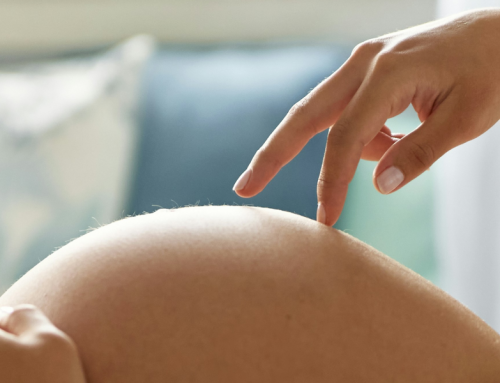A hormone analysis is a simple medical test that can provide a great deal of information about your chances of getting pregnant by means of assisted reproduction techniques
A hormone analysis is a specific test for women who are going to begin assisted reproduction treatment, or who are already undergoing one. For them, it is quick and simple: basically, it is a blood extraction. For doctors, it is an important test because of the information it provides about the number of eggs the woman has and the ability to respond to ovarian stimulation treatment in each particular case.
In the words of Dr. Clara Colomé, “the analysis, or hormonal profile, consists of a blood test used to determine the value of several hormones related to the ovarian cycle.” By virtue of this test you can know the ovarian reserve and decide what treatment is most advisable in each case, explains the specialist in assisted reproduction at Eugin Clinic.
This analysis should ideally be done at the beginning of the menstrual cycle, between the second and the fourth day of the period. This basal hormonal study is a diagnostic test that allows doctors to detect possible abnormalities in ovarian function. FSH, LH, Estradiol and AMH hormones are analysed. The latter, AMH, has the advantage of being able to be tested on any day of the cycle.
The hormone analysis is also carried out with the assisted reproduction treatment that is already under way in order to control its development. In these cases, in addition to observing the LH and Estradiol hormones, the Progesterone levels are also observed, which the body produces in the second phase of the menstrual cycle, after ovulation.
Although all cases require a customised study, the medical community considers that normal levels in the early phase of the cycle in a fertile woman correspond to the following values:
| FSH: | less than 10 International Units (IU) |
| LH: | less than 10 IU |
| Estradiol: | less than 80 picograms per mililiter |
| Progesterone: | less than 1 nanogram per mililiter (before ovulation), greater than 1 and even 3 nanograms per mililiter (after ovulation) |
| AMH: | greater than nanograms per mililiter |
It is not a fertility test
If the outcome of the analysis is a hormonal imbalance, it may indicate that there is a dysfunction that is having a negative impact when it comes to conceiving. For example, low levels of the hormone AMH indicates that the woman has few eggs or poor ovarian reserve, as does an increase in FSH.
In any case, one should not become obsessed about these values. “The hormone analysis is not a fertility test; it is merely a quantitative, not qualitative analysis”, says Dr. Colomé, who insists that normal values, although illustrative, do not exclude the possibility that there may be some kind of impaired fertility.
It is the medical specialists who have to interpret them in relation to the medical history of each woman, as well as the results of other tests. Thus, it is possible to determine with greater accuracy what the most suitable treatment to be adopted is in order that the dream of motherhood may come true.





